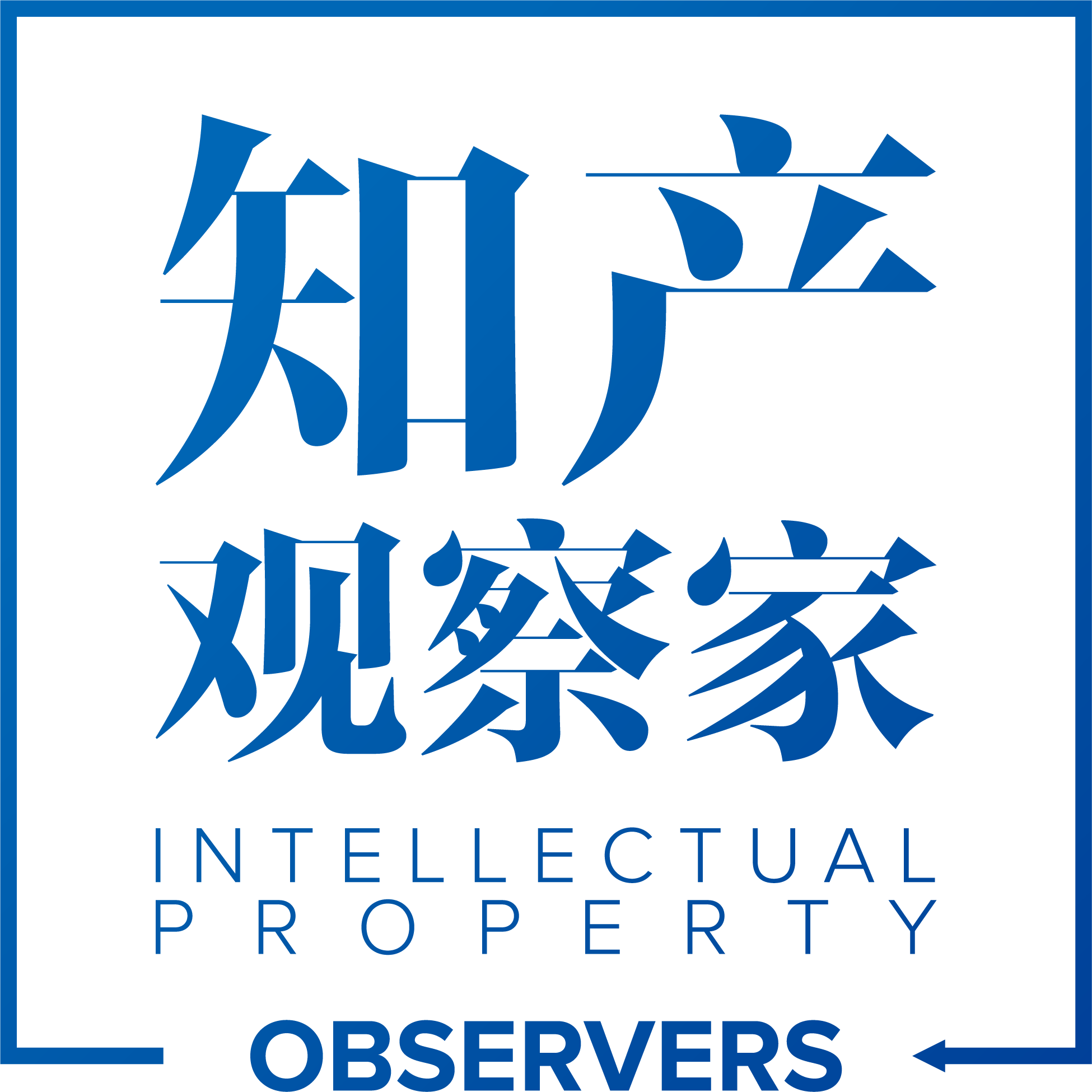This is the fourth case to reach a full hearing before this tribunal involving a bid by energy drinks manufacturer, Monster Energy Company (“MEC”), to prevent the registration of a trade mark containing the word “MONSTER”. In this case, MEC’s opposition (based primarily on its earlier “MONSTER ENERGY” registration) was to Tencent Holdings Limited’s ![]() , which was used in connection with Tencent’s “MONSTER CASTLE” game. The trade mark was sought to be registered in Classes 9, 41 and 42 for a wide variety of goods and services.
, which was used in connection with Tencent’s “MONSTER CASTLE” game. The trade mark was sought to be registered in Classes 9, 41 and 42 for a wide variety of goods and services.
Interestingly, the dispute bore various similarities to an earlier case, Monster Energy Company v Mixi, Inc. [2017] SGIPOS 12 (“Mixi”), where MEC was unsuccessful in its opposition (also based primarily on its earlier “MONSTER ENERGY” registration) to the application mark “MONSTER STRIKE”, sought to be registered in Classes 9 and 41, and which incidentally was also used in respect of a game. In Mixi, the Hearing Officer (who also decided the present case) held the competing marks to be more dissimilar than similar. As all of the grounds of opposition relied on were contingent on a finding that the marks are similar, the opposition failed.
Here, MEC ran substantially the same arguments as it did in Mixi, arguing (among other things) that the competing marks are similar on account of the common “MONSTER” element. The Hearing Officer rejected this argument, holding that “MONSTER” was not the distinctive and dominant element of the earlier trade mark “MONSTER ENERGY”. Further, he was not persuaded by the argument that “ENERGY” and/or “CASTLE” are descriptive in relation to the relevant goods/services, and for that reason, considered that they would play a distinguishing role in the overall assessment. In his judgment, if anything, the application mark was even more dissimilar to “MONSTER ENERGY” than “MONSTER STRIKE”. As all of the grounds of opposition relied on in this case (just like in Mixi) hinged on the marks-similarity assessment, the action was unsuccessful.
Although this conclusion meant that the Hearing Officer was not required to decide the other issues which were argued, he made a number of observations. Among the more significant of these observations related to the topic of so-called partial oppositions, an issue on which the parties had diametrically different positions. In the Hearing Officer’s view, the Registrar cannot, in the context of a trade mark opposition under Sections 8(2)(b) and/or 8(4) of the Trade Marks Act (Cap. 332, Rev Ed 2005), refuse the registration of certain goods or services in a certain class, but allow it to be registered for other goods or services in the same class. Instead, the Registrar had to either refuse or allow registration of the mark in its entirety (i.e. in respect of all the goods or services for which registration is sought). There were a number of reasons for this view:
·There are English cases which adopt the position that although the UK Trade Marks Act 1994 does not expressly permit partial oppositions, Article 13 of the EC Council Directive 89/104 is directly binding on the UK Registrar of Trade Marks. The position in the European Union does not apply here, and the language of Section 8(2)(b) and/or 8(4) does not appear to permit partial oppositions.
·The case of Nike v Campomar [2001] SGIPOS 4 (which was sometimes cited in support of the position that partial oppositions should be allowed) was decided under the pre-1999 version of the Trade Marks Act which conferred upon the Registrar the power to “refuse the application or… accept it absolutely or subject to such conditions, amendments, modification, or limitations, as he may think right to impose”; a power which does not appear have any direct equivalent under the present day Trade Marks Act.
·There appear to be some valid policy considerations that weigh against allowing partial oppositions, and in any case, it would not be unfair to refuse an application even on the basis of a single point of overlap/similarity of goods/services because the incumbent mark is registered on a public register, and the applicant of the later mark cannot claim that it did not have adequate notice of the earlier proprietor’s rights.
Disclaimer: The above is provided to assist in the understanding of the Registrar's grounds of decision. It is not intended to be a substitute for the reasons of the Registrar. The full grounds of decision can be found at https://www.ipos.gov.sg/docs/default-source/resources-library/hearings-and-mediation/legal-decisions/2018/monster- energy-v-tencent-holdings-2018-sgipos-9.pdf?sfvrsn=0.


